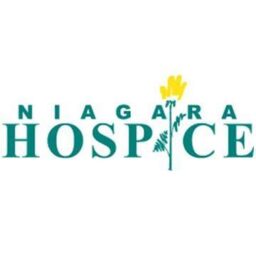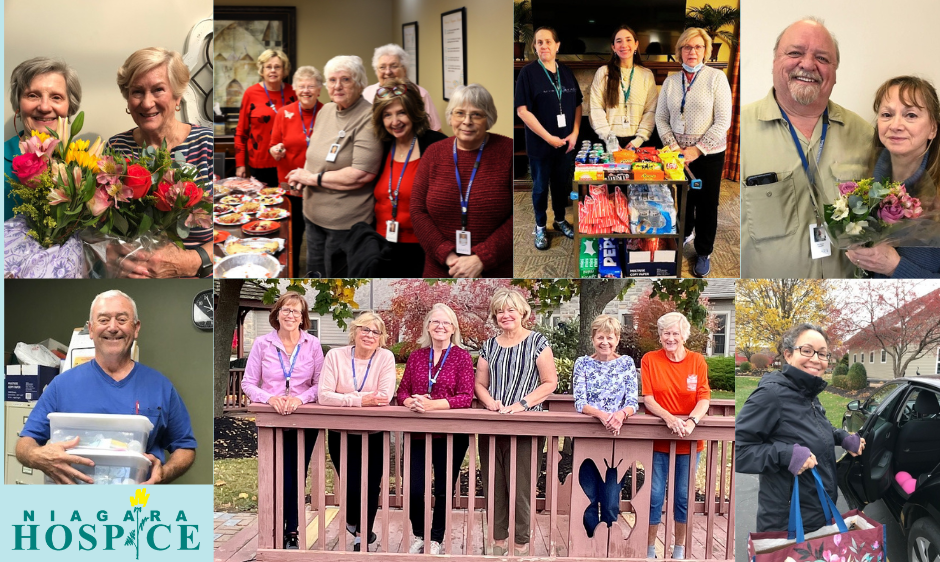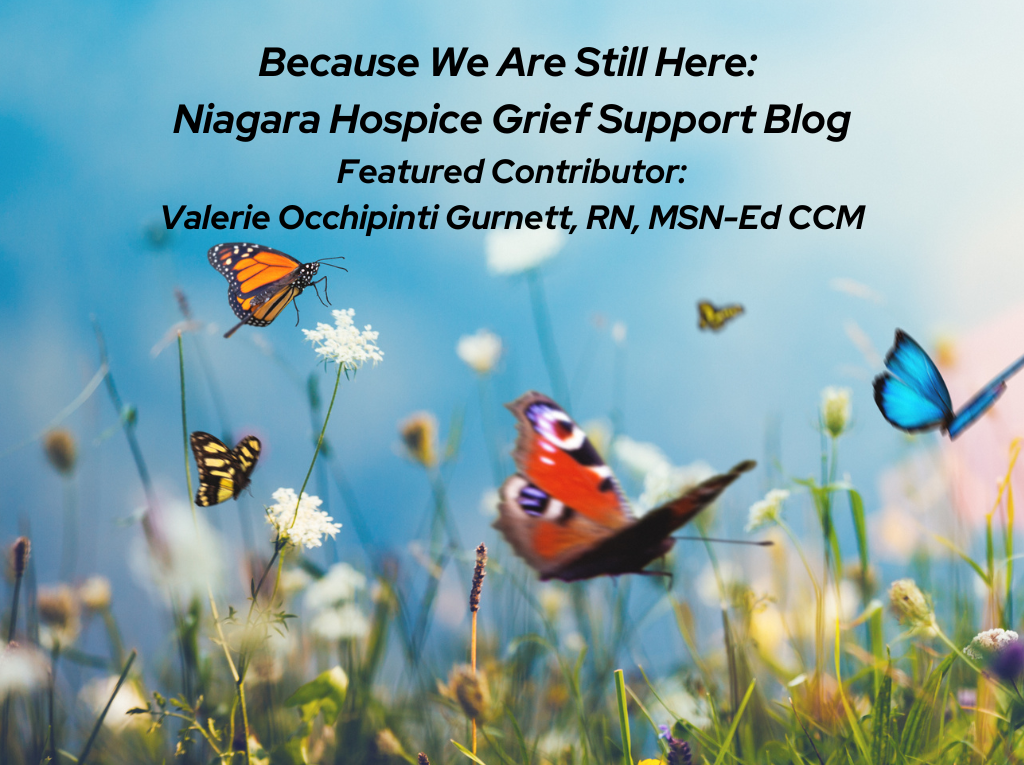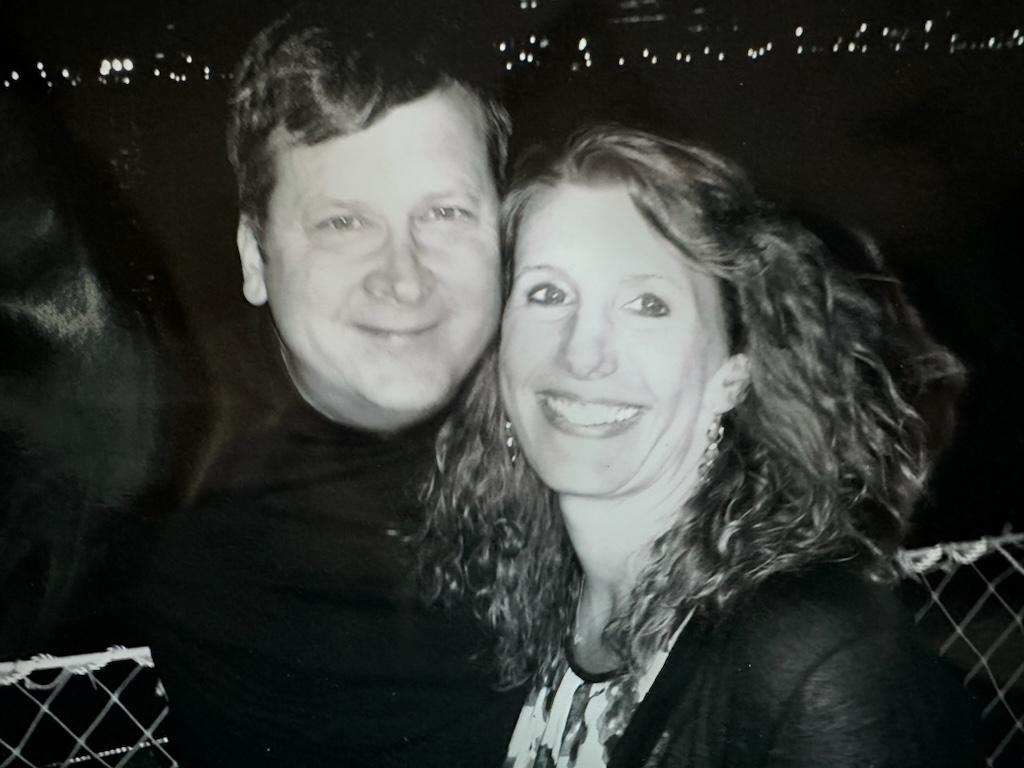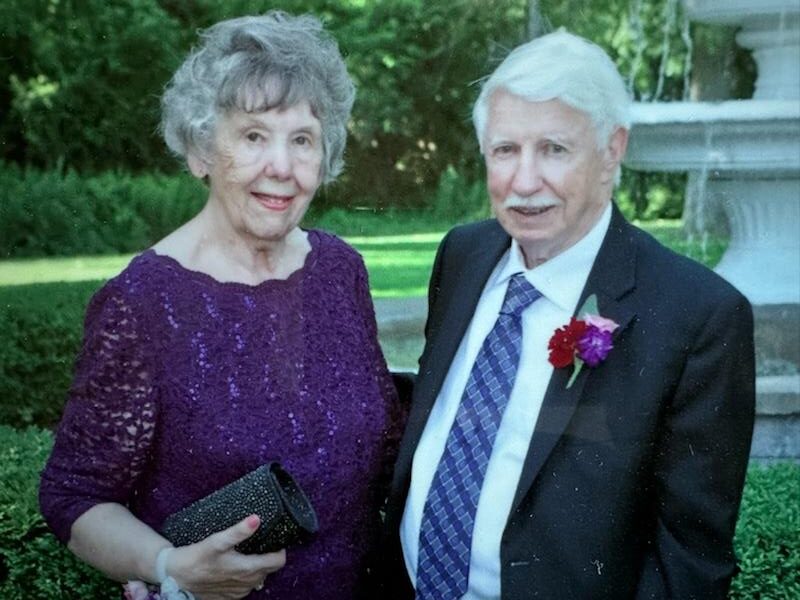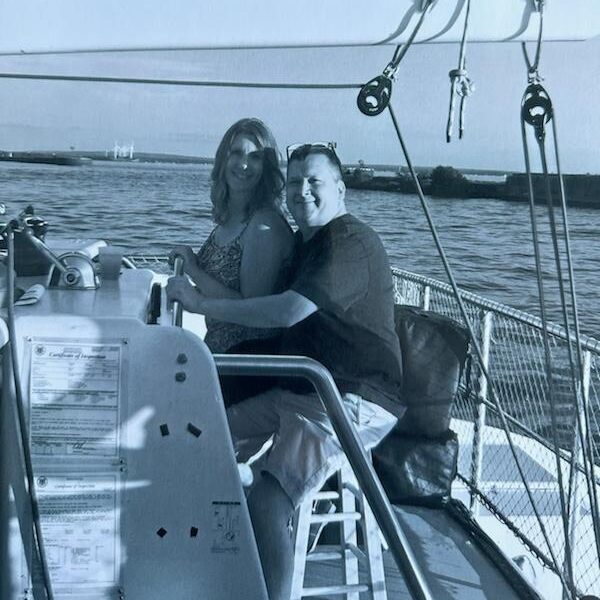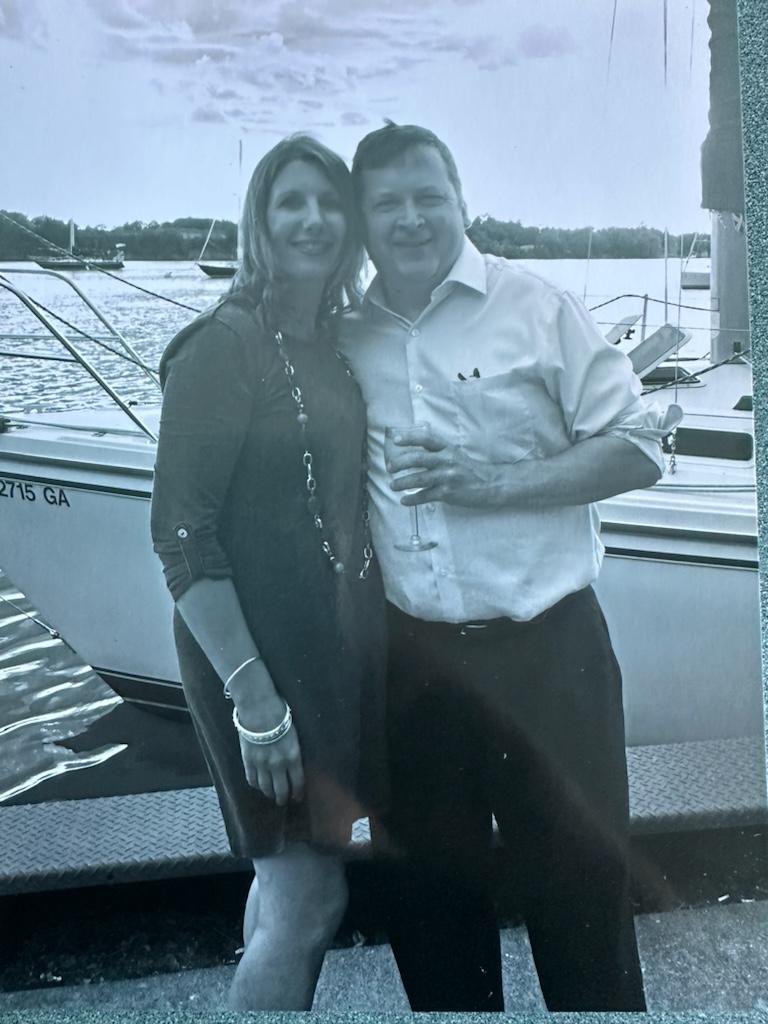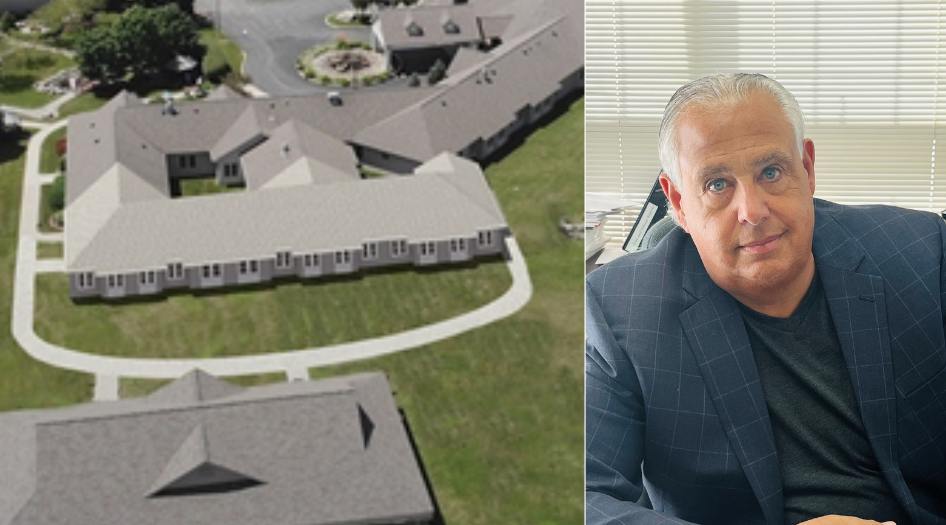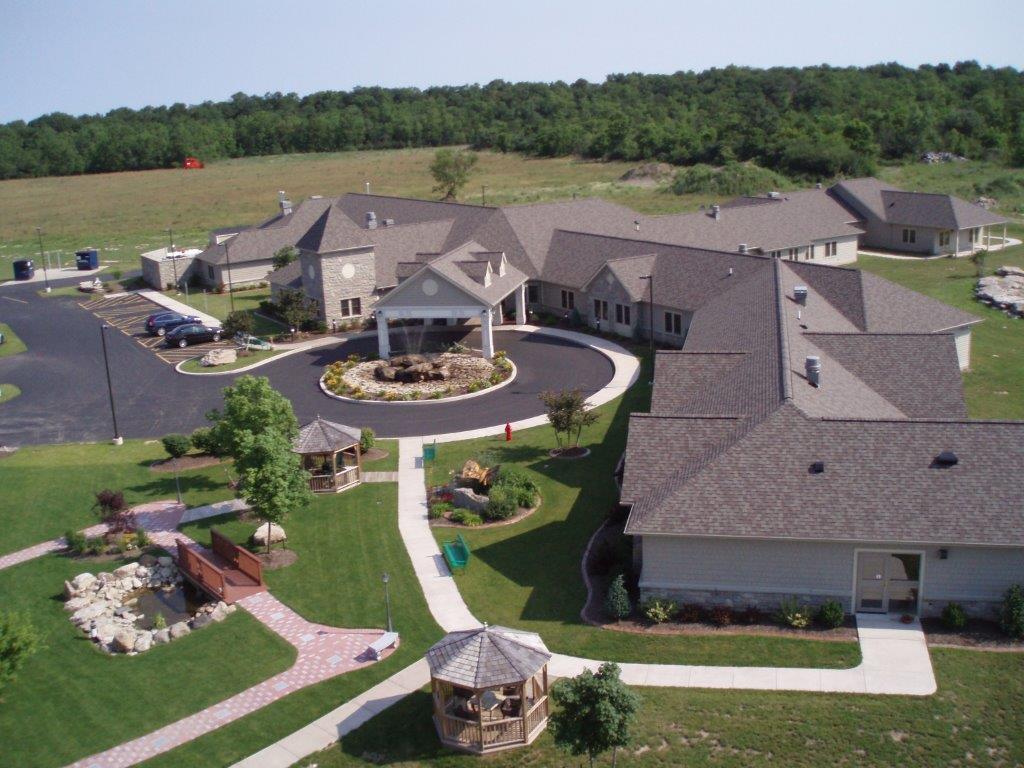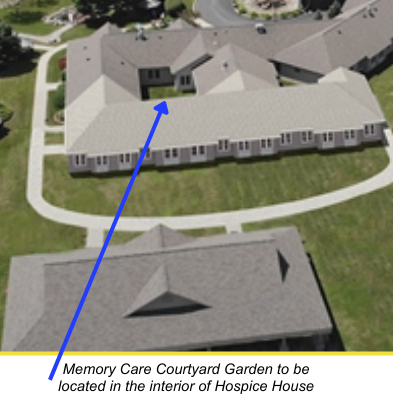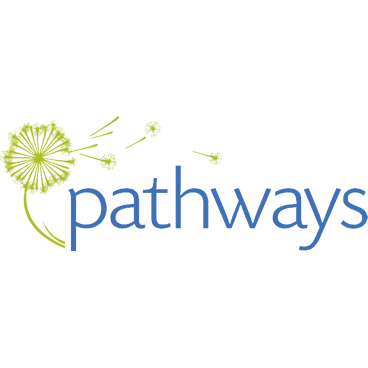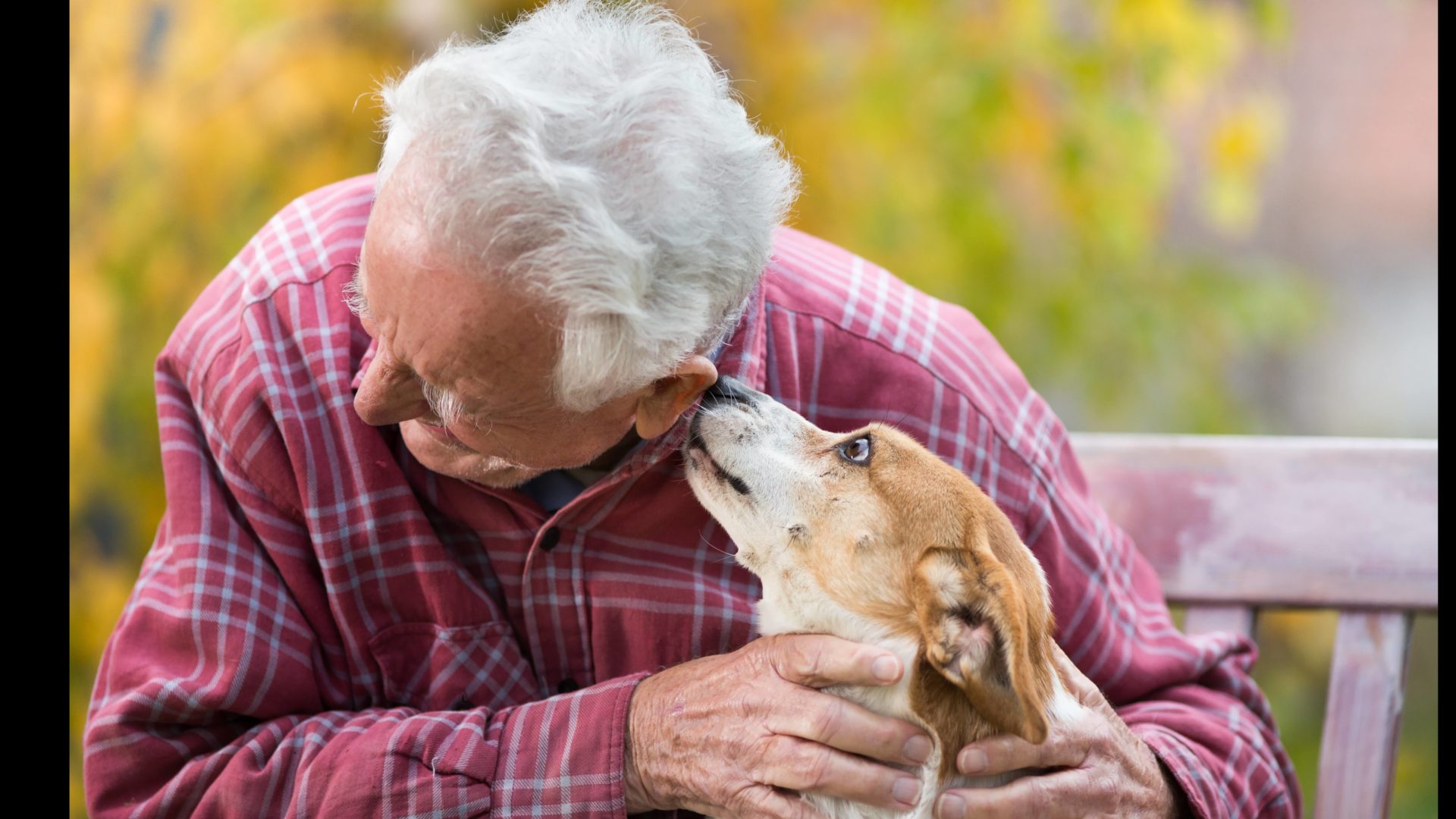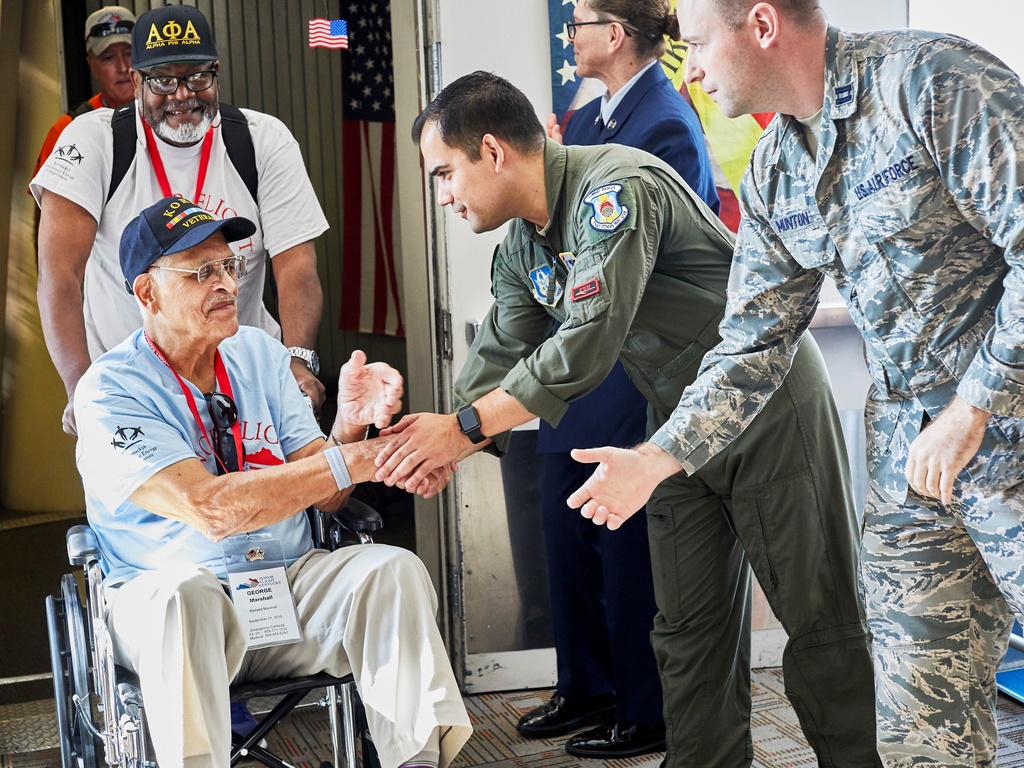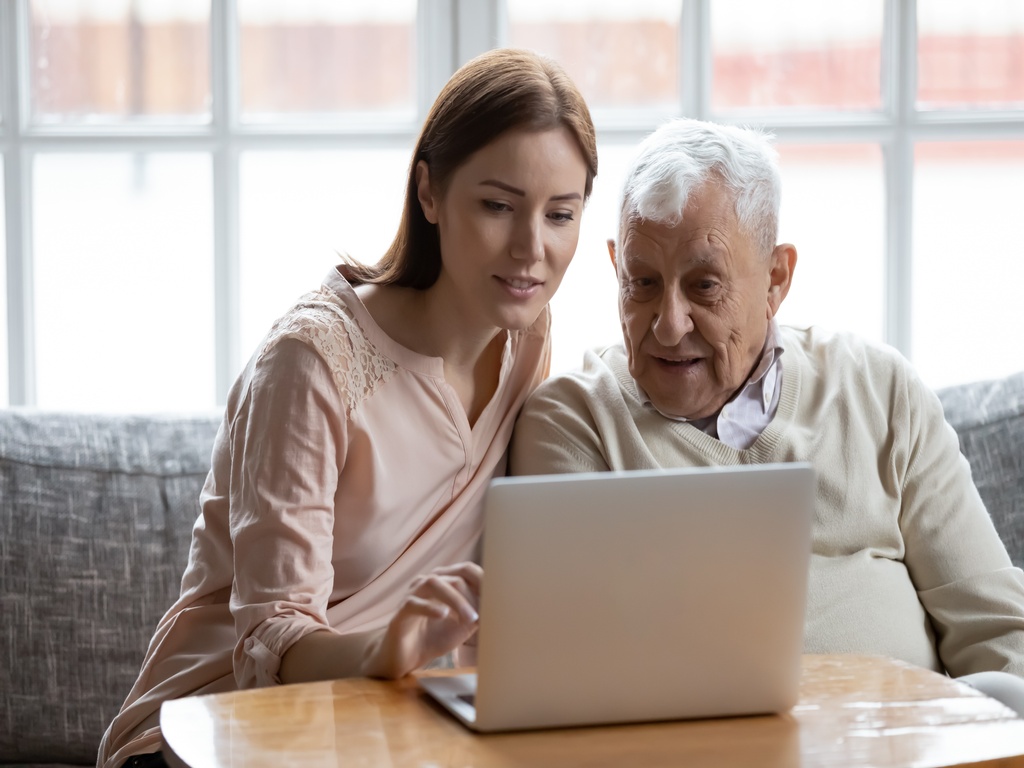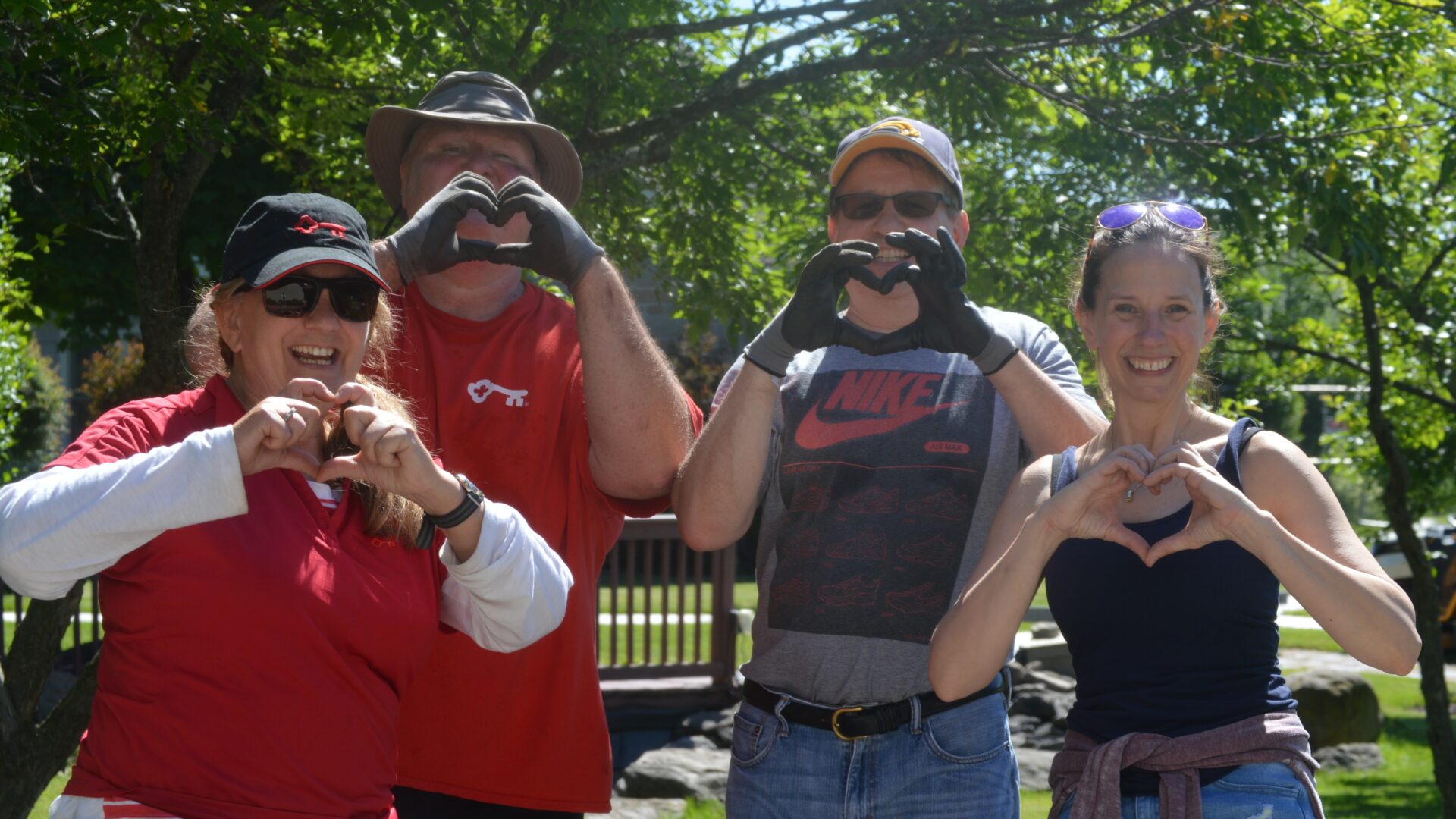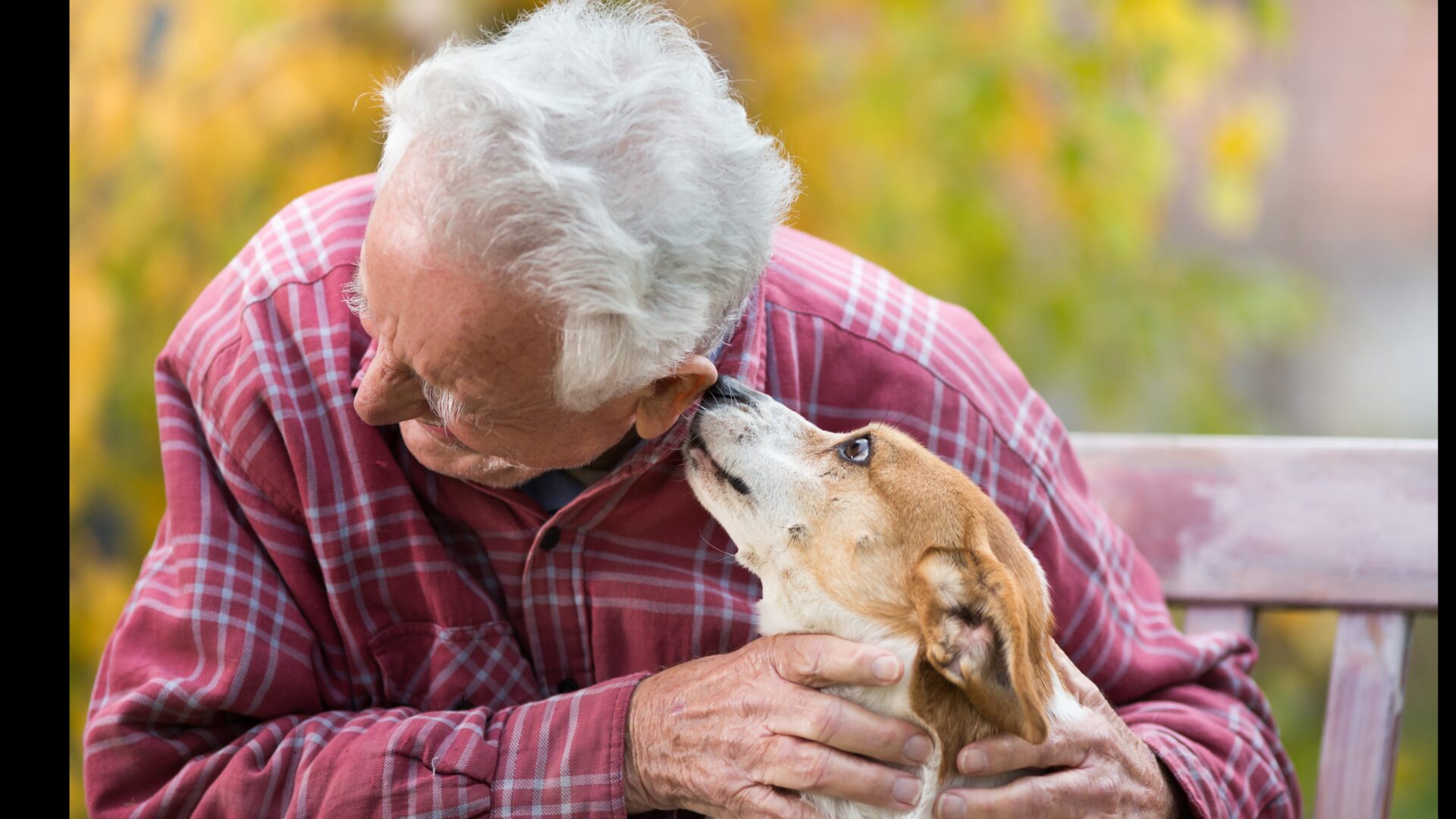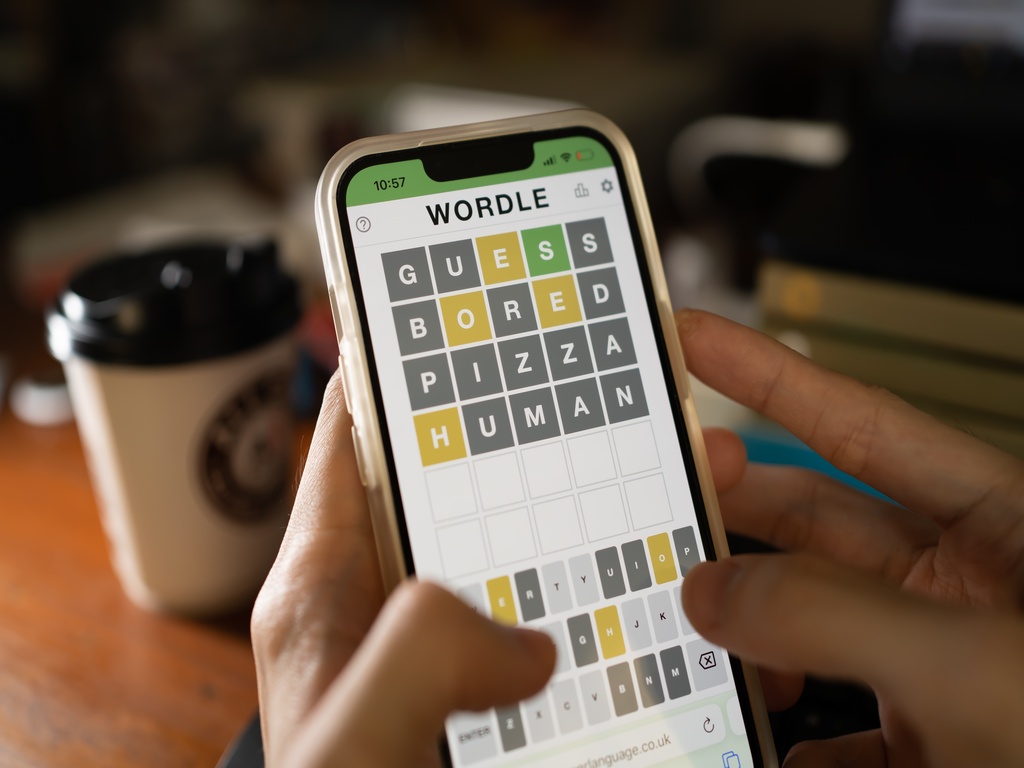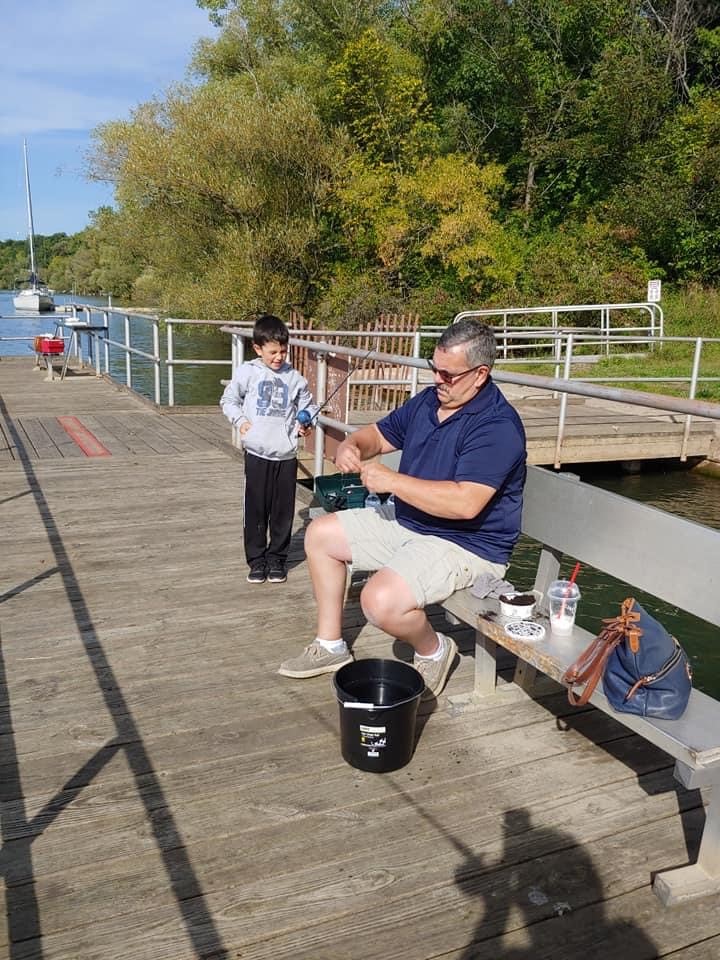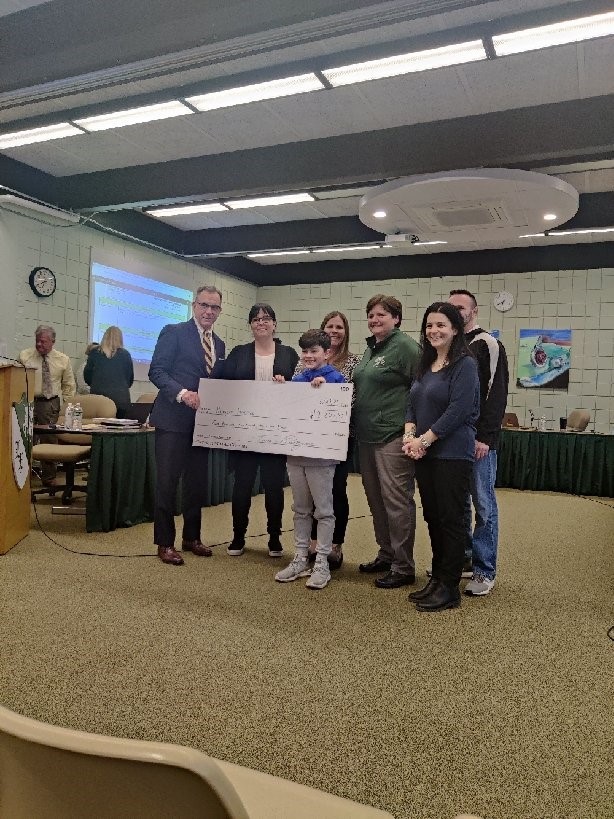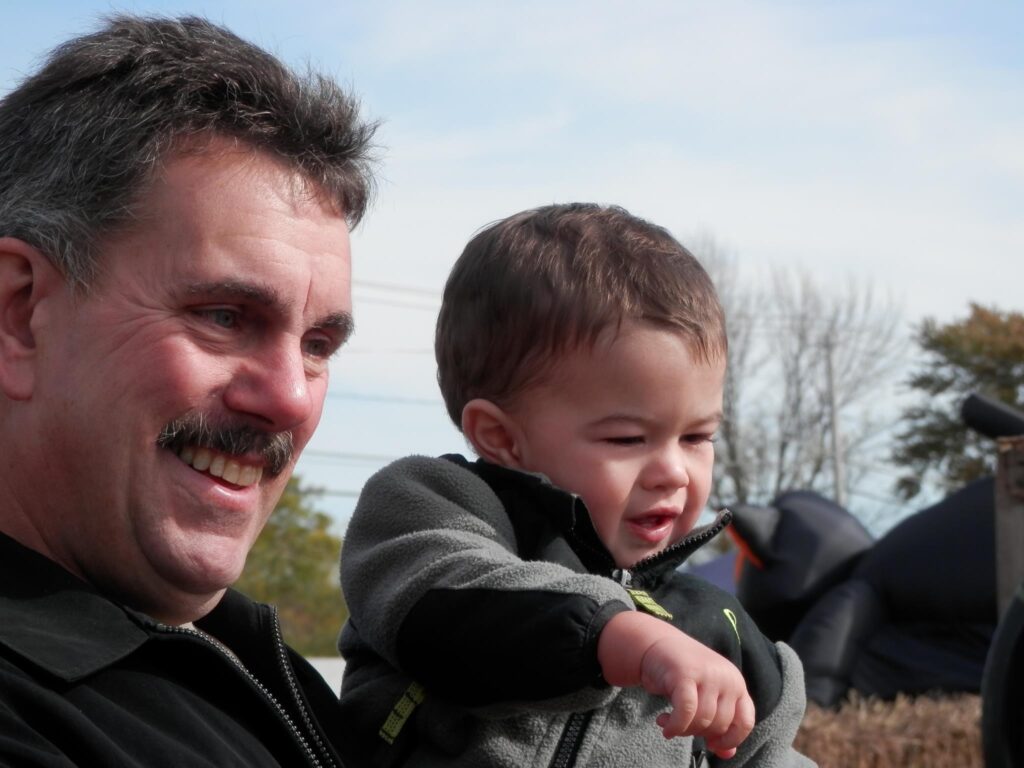Written by featured contributor: Doreen Alati
Blog #2 of the Niagara Hospice “Because We Are Still Here” Grief Support blog series
Change is an inevitable part of life. Some changes are exciting and welcomed; the miraculous birth of a baby, entering a new marriage, and the beauty of the shifting seasons. However, there are changes in life that are not welcomed. Changes that can leave one feeling confused, angry and hopeless. It is the change that happens when we lose a loved one and find ourselves in the throes of grief.
My grief journey began the minute my husband was diagnosed with cancer; a rare, aggressive type that left him mostly bedridden for 11 months. He fought hard, we fought hard, until a beautiful summer’s day in late August of 2020, when my husband and best friend of 40 years, took his last breath.
My husband was a generous man with an amazing heart. He cared for people and saw the good in everyone. He was faith-filled and always doing acts of kindness for people. So many stories came out after he passed away of how he touched others’ lives. And then, in an instant, he was gone, and nothing would ever be the same again.
I was unprepared for the intensity in which my heart would hurt, and the abruptness of how my life would be forever changed. At first, I felt relief that he was finally done suffering and out of the unbearable pain that comes with cancer. And then I went into shock and found myself completely and utterly grief stricken. I didn’t know where to go or who to turn to.
And then, within a few days, I received in the mail, a beautiful card, along with a brochure from the Niagara Hospice Bereavement Department. The brochure outlined their mission and their services, but what stood out the most were the words “We’re here for you.” I needed help and I needed it quickly, so I contacted the department immediately.
I was connected to a counselor who soon became my lifeline from drowning in a stormy sea. With each session, hope began to slowly emerge. In a safe space, and without judgement, I was able to express my feelings and emotions and was reassured that whatever I was feeling was okay.
I also sought out group support in addition to the one-on-one counseling through Hospice. I attended faith-based grief groups through local churches. I connected with other widows and began attending and co-facilitating widows support groups. As I continue to surround myself with others who have walked through grief and widowhood, I find comfort and hope.
My faith, my family, and my friends were, and continue to be my anchors. They lovingly and gently remind me that my life still has purpose. They encourage me to keep my eyes fixed on the positive, the good things. They help me see me that this is honoring to my husband’s memory, and that he would want me to keep going, keep hoping, keep loving.
My grief journey has taught me to take a really horrific and life changing situation and give it meaning. Meaning to me is finding your way after loss. Meaning is identifying that I am here, and what kind of purpose can I bring to the rest of my life.
There for others: I now find myself being more compassionate and empathetic to those who have experienced loss. I feel I am better equipped to love and support them and make myself readily available, at any time, to listen and to care. Love more: I cherish my relationships more and have a deeper commitment to friends and family and value the time we spend together…I am truly grateful for every moment. More open-minded: I am more receptive to new friendships and connections. Because of loss, through support groups, church, and other community related activities, new and exciting relationships are being built. A better perspective: I try not to sweat the small stuff as much and have gained a deeper understanding of what really matters in life.
Everyone’s grief journey is different and unique. No two people will have the same experience. Each person will navigate it on their own timeline and in their own way. For me, by surrounding myself with others, through support groups, community centers, faith-based organizations, etc., has been helpful.
Grief will always remain a part of me. But as time moves forward, I find the pain has begun to soften…the constant surge of the waves from the storm have become more stilled. The intensity has begun to shift from the forefront to the background…always there, but not as loud. It is less consuming now and has given rise to a greater sense of peace and the possibility of a future where hope can live again.
I continue to re- examine my loss in order to recognize how I’ve changed, and to feel good about these changes. I try to embrace them as a way to honor and remember the life and the love my husband and I shared. He will be forever missed; I will be forever changed.
Comments from the bereavement counselor, Mark Dailey
Each grief journey is unique and each journey share similarities. Doreen experienced a great upheaval on every level – Spiritual, Emotional, Physical, and Mentally. Loss throws us into a crisis mode. That crisis takes place on every level. It produces an identity crisis, a purpose crisis, a life-dreams crisis, and a time crisis. James Marcia, a clinical psychologist, did some interesting, and ground breaking work on Identity Development (centered on adolescents). His theories have some clear application to one’s grief journey. The heart of the theory is that our identity is the result of decisions we make in the situations in which we find ourselves.
When death pushes into our homes everything changes, everything! We are forced to rediscover who we are without the other. For decades it was Doreen and her husband, then suddenly her husband was gone and she was forced to discover who SHE was. Additionally, we must now find a new purpose in life, and for life. Doreen shared her struggle in finding that purpose. Those who are caregivers for extended periods of time often feel that they also lost their purpose, as caregiving ends. So on our journey we must seek ways to contribute in ways that are meaningful to self, such as helping others on their journey.
Death robs us of our future dreams and goals. The plans to travel, to be active and involved grandparents, to explore new and existing hobbies, or simply to spend time together. Those are gone, and now one must discover new visions of the future. Our last crisis involves time, the time we have left and what is important versus what is urgent.
As we read Doreen’s heartfelt story we can see her moving in and through all of these crises and in so doing, achieving her new identity. Our identities are the result of our decisions made in those times of crises. Doreen made the decision to be compassionate and empathetic – to give and support those on their journey. Also, she made the conscious decision on her journey to hold tightly to those in her world, as well as being open and receptive to new people and new experiences while focusing on what is important rather than the urgent.
It’s a journey no one wants to take, but at some point, we will take it. A journey one travels by themselves, but one you do not take alone as Doreen learned. Death brings great pain that we keep the rest of our lives, and it can produce great growth and strength in us that will guide us the rest of our lives.
